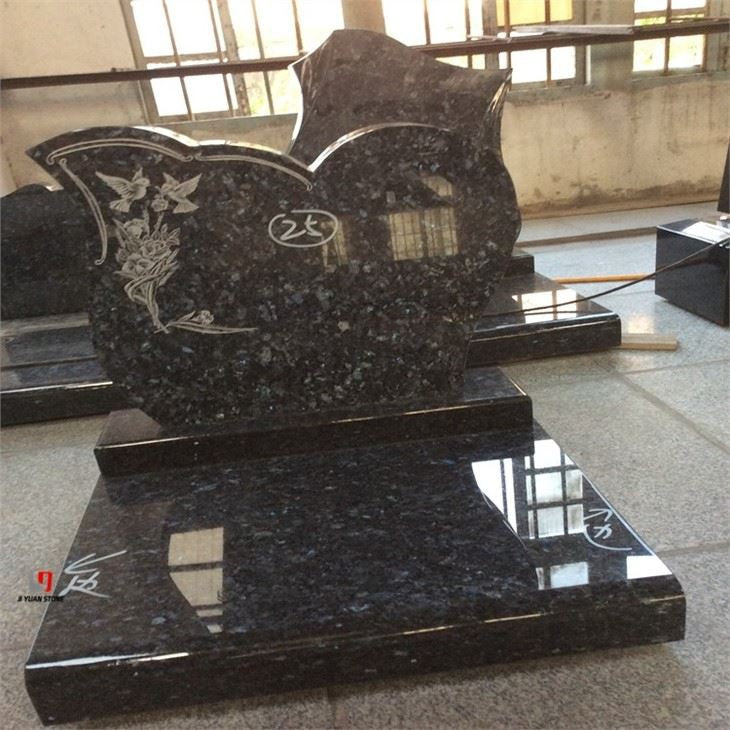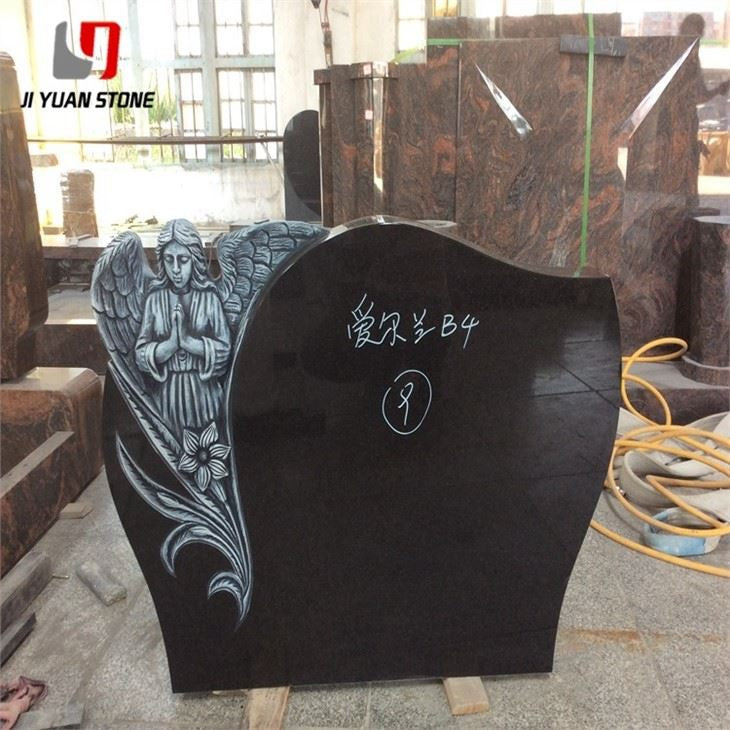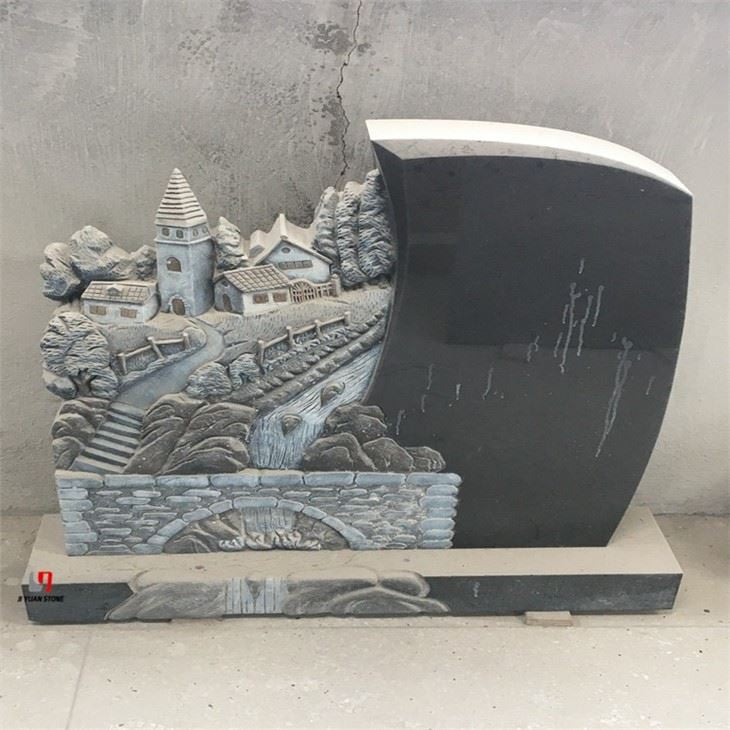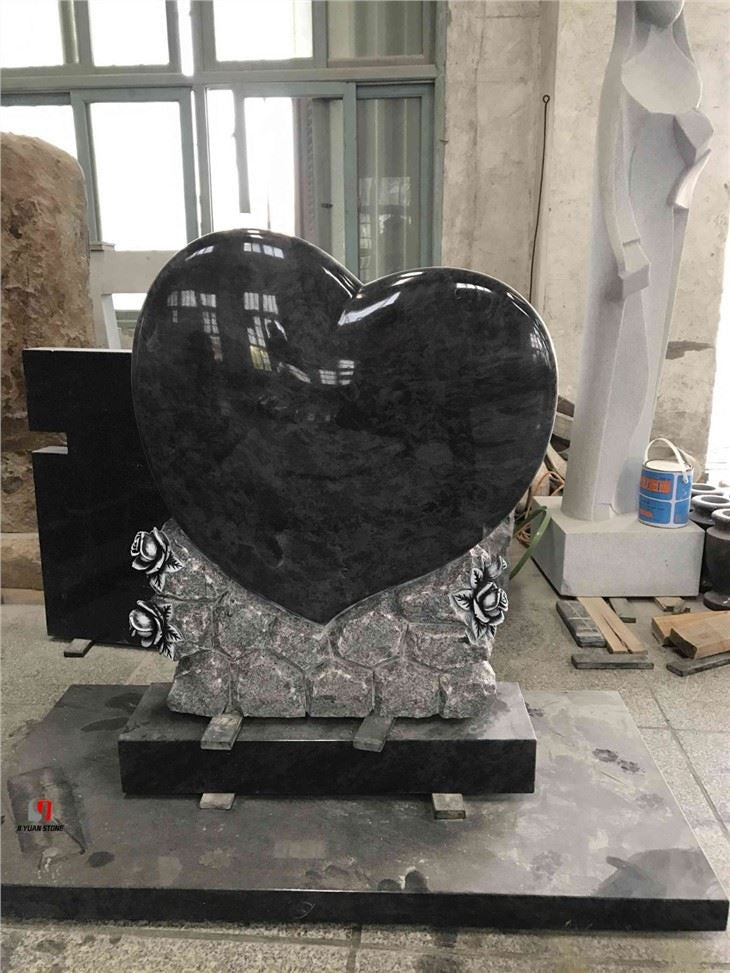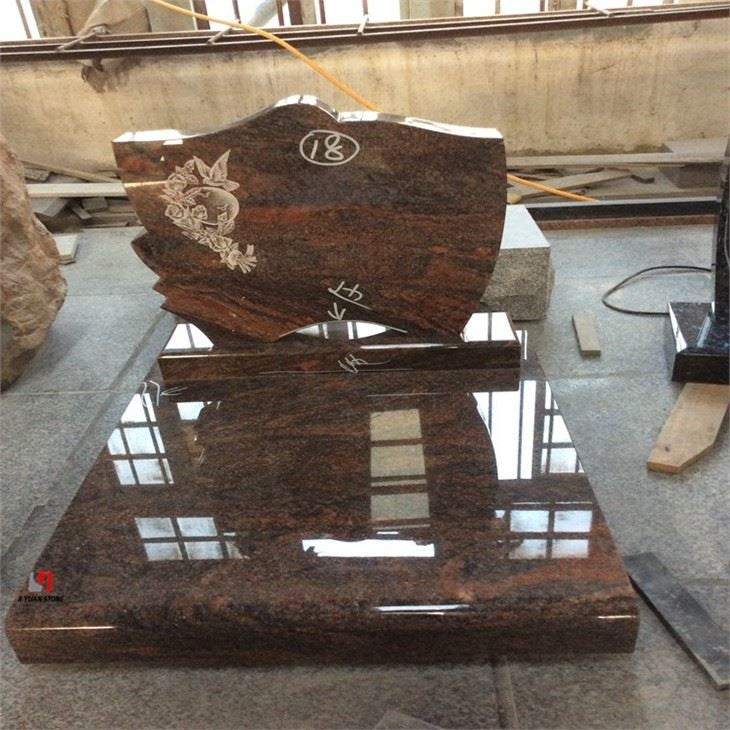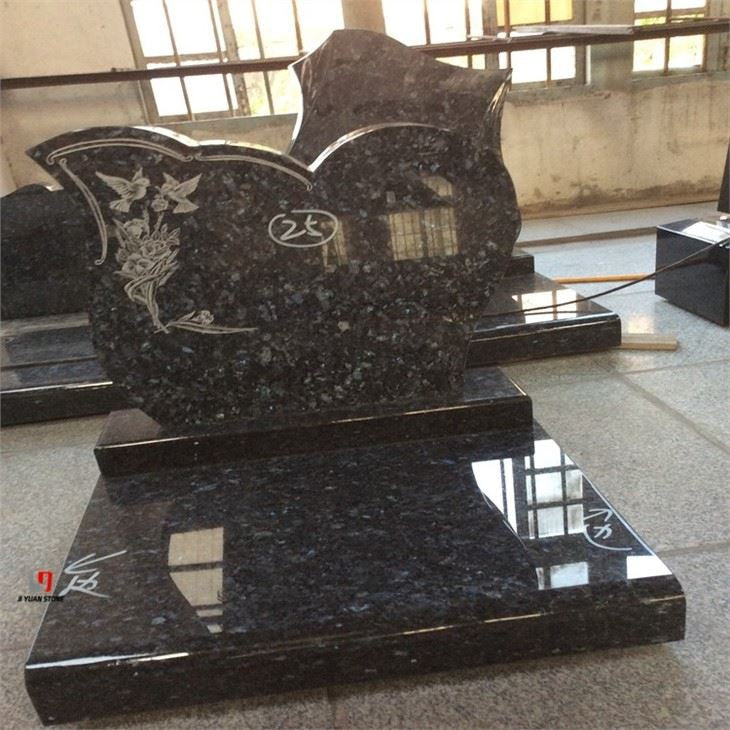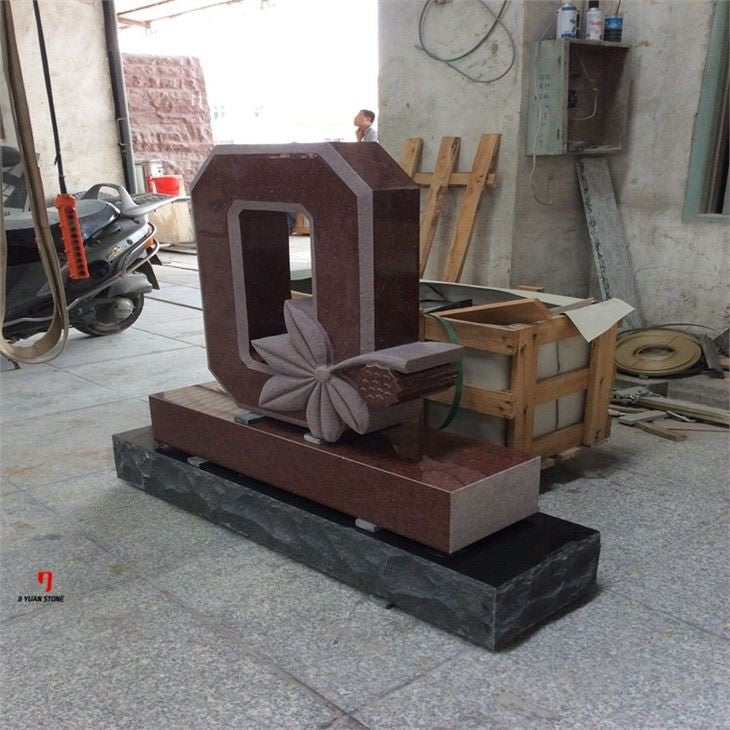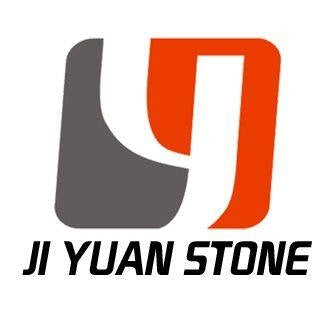Blue Granite Tombstone
Blue Granite Tombstone
Blue Granite Tombstone – Timeless Strength, Natural Beauty, and Lasting Tribute
This Blue Granite Tombstone is constructed from durable, high-quality granite. Its unique blue color adds a distinguished touch to any memorial or grave marker. Made to withstand the elements, this tombstone is a lasting tribute to your loved one.
| Feature | Details |
|---|---|
| Product name | Granite Monument/Tombstone/Gravestone/headstone |
| Finishing | Polished/ Honed/ Flamed/ Brushed/ Sandblasted/ Natural Split/ Chiselled/ Inlay Craft/ Embossment Craft/ Engraving etc. |
| Available Style | Colorful Pattern/ Sculpture Tombstone Design/ Upright Headstone/ Flat Marker/ Slant/ Funeral Plate Style/ Cross Style/ Books/ Angle Headstone/ Statue/ Tree Headstone etc. We can accept custom design. |
| Available Sizes | Standard Size or Customized Size |
Our Blue Granite Tombstone is a symbol of enduring legacy, crafted from one of the Earth’s most resilient and widely used natural stones. With its deep heritage, exceptional physical properties, and aesthetic appeal, this tombstone provides a dignified, lasting memorial that stands the test of time.
The blue granite tombstone is the rock with the longest history of application, the widest usage, and the largest volume of global utilization. It is also among the most common rocks found in the Earth's crust, making it a dependable and time-honored choice for memorials.
Composition & Structure
Blue granite is primarily a light-colored igneous rock, commonly found in gray, off-white, light gray, red, and flesh red tones. Its chemical makeup includes:
- SiO₂ > 65%
- Fe₂O₃, FeO, MgO < 2%
- CaO < 3%
The stone’s mineral composition is dominated by silica-alumina light-colored minerals—including alkaline feldspar (orthoclase, micro-plagioclase, tropclite), quartz, and acid plagioclase, making up approximately 85% of the total content. Quartz alone accounts for over 20%. Dark iron-magnesium minerals, such as biotite and hornblende, are minimal, comprising only about 3–5%. Accessory minerals may include zircon, sphene, apatite, and monazite.
Depending on mineral content and grain size, blue granite may transition into granodiorite or quartz diorite, while changes in quartz content can form positive feldspar rock. Structurally, it can exhibit fine-, medium-, or coarse-grained granular or porphyritic textures.
Physical Performance & Durability
The blue granite tombstone is highly valued for its mechanical strength and low maintenance:
- Average Density: 2.7 g/cm³
- Porosity: 0.3% – 0.7%
- Water Absorption: 0.15% – 0.46%
- Compressive Strength: ~200 MPa (up to 300 MPa in fine-grained varieties)
- Bending Strength: 10 – 30 MPa
- Excellent Freeze Resistance and low waste rate
Its low water absorption and high freeze-thaw resistance make it ideal for long-term outdoor placement. The color rate is below 20%, averaging around 10%, featuring a light and uniform color tone with naturally beautiful hues.
Natural Formation & Geographic Distribution
The blue granite tombstone is often found in the form of rock foundations, blocks, and strains, controlled by regional geotectonics. These formations are generally large in scale and widely distributed, making the stone accessible and consistent in quality.
In China, notable regions rich in blue granite include:
- Guangdong
- Fujian
- Jiangxi
- Zhejiang
These provinces are internationally recognized for their high-quality blue granite deposits and well-developed mining infrastructure. Joint development in granite formations is often regular, making extraction of large, usable blocks not only possible but efficient.
Why Choose Our Blue Granite Tombstone?
- Durable & Weather-Resistant: Built to last for decades in all climates
- Elegant Natural Texture: Smooth finish and rich mineral patterning
- High Structural Integrity: Resists cracking, chipping, and erosion
- Minimal Color Variation: Beautifully uniform and refined appearance
- Expertly Sourced: From China's most reputable granite-producing provinces
Whether you seek a memorial stone that speaks to tradition, strength, or understated elegance, our Blue Granite Tombstone provides a refined and meaningful tribute that endures through generations.
Share

